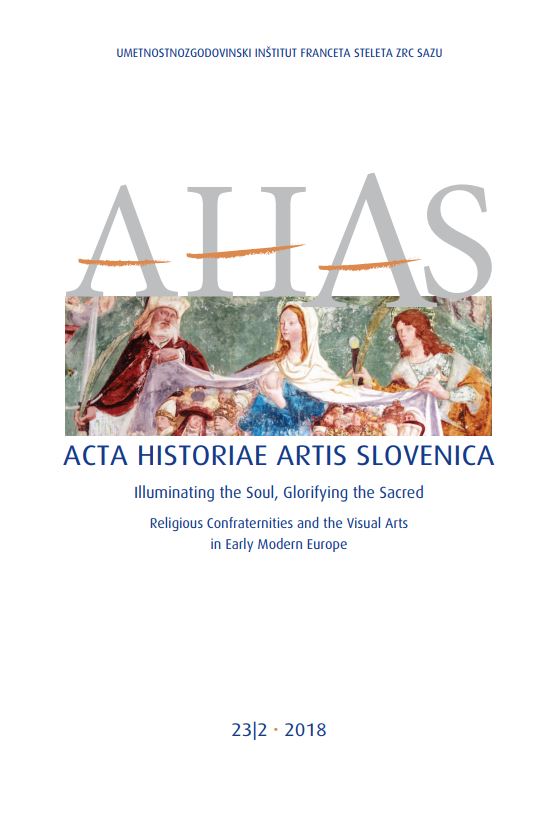Certificates of Marian Congregations in the 18th Century as a Means of Corporate Representation
DOI:
https://doi.org/10.3986/ahas.v23i2.7336Keywords:
Augsburg, Bolzano/Bozen, Burghausen, certificate (warrant) of a Marian Congregation (Bruderschaftsbrief), Eichstätt, Klauber publishers, Munich/München, Passau, Society of Jesus/Jesuits, Steyr, StraubingAbstract
A small collection of certificates of Marian sodalities from Austria and South Germany is preserved in the Archives of the Austrian Jesuit Province. These engraved documents were mainly used by wandering fellow guild members as passports. They complemented customary guild documents, as they testified to the reliable confessional character of their holder. Though the certificates preserved in Vienna were mostly issued and sealed only in the second half of the 18th century, research has shown that the copperplate matrices that were used are significantly older, partly going back to the third quarter of the 17th century. In an iconographic sense they are rich sources because they show city views and frequently interiors, altars, and liturgical furnishings that no longer exist. The certificates served not only their owners, but also as a pictorial representation of their place of origin and of the actual congregation.
Downloads
Downloads
Published
How to Cite
Issue
Section
License
Authors guarantee that the work is their own original creation and does not infringe any statutory or common-law copyright or any proprietary right of any third party. In case of claims by third parties, authors commit their self to defend the interests of the publisher, and shall cover any potential costs.
More in: Submission chapter




